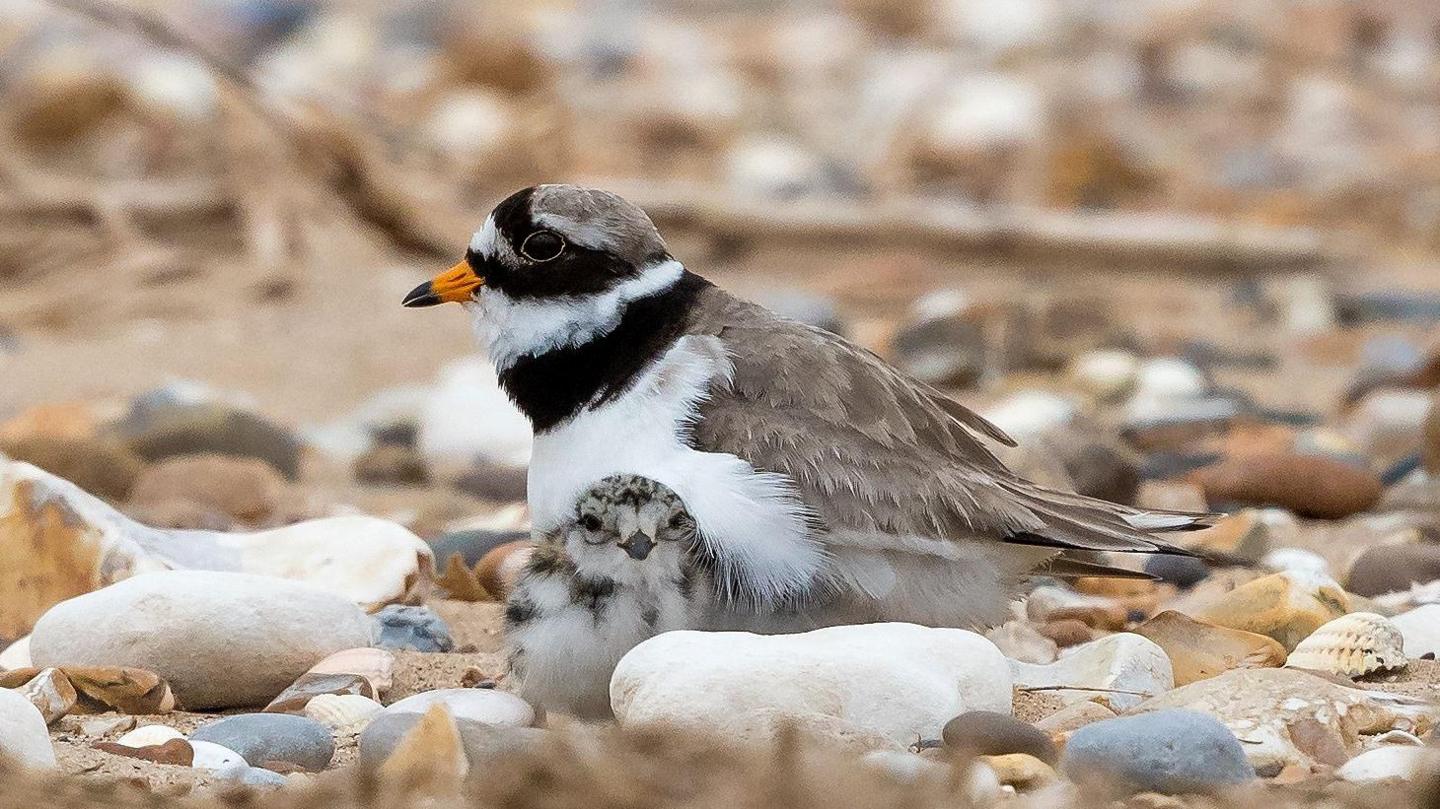Marsh building reopens after vandalism attack
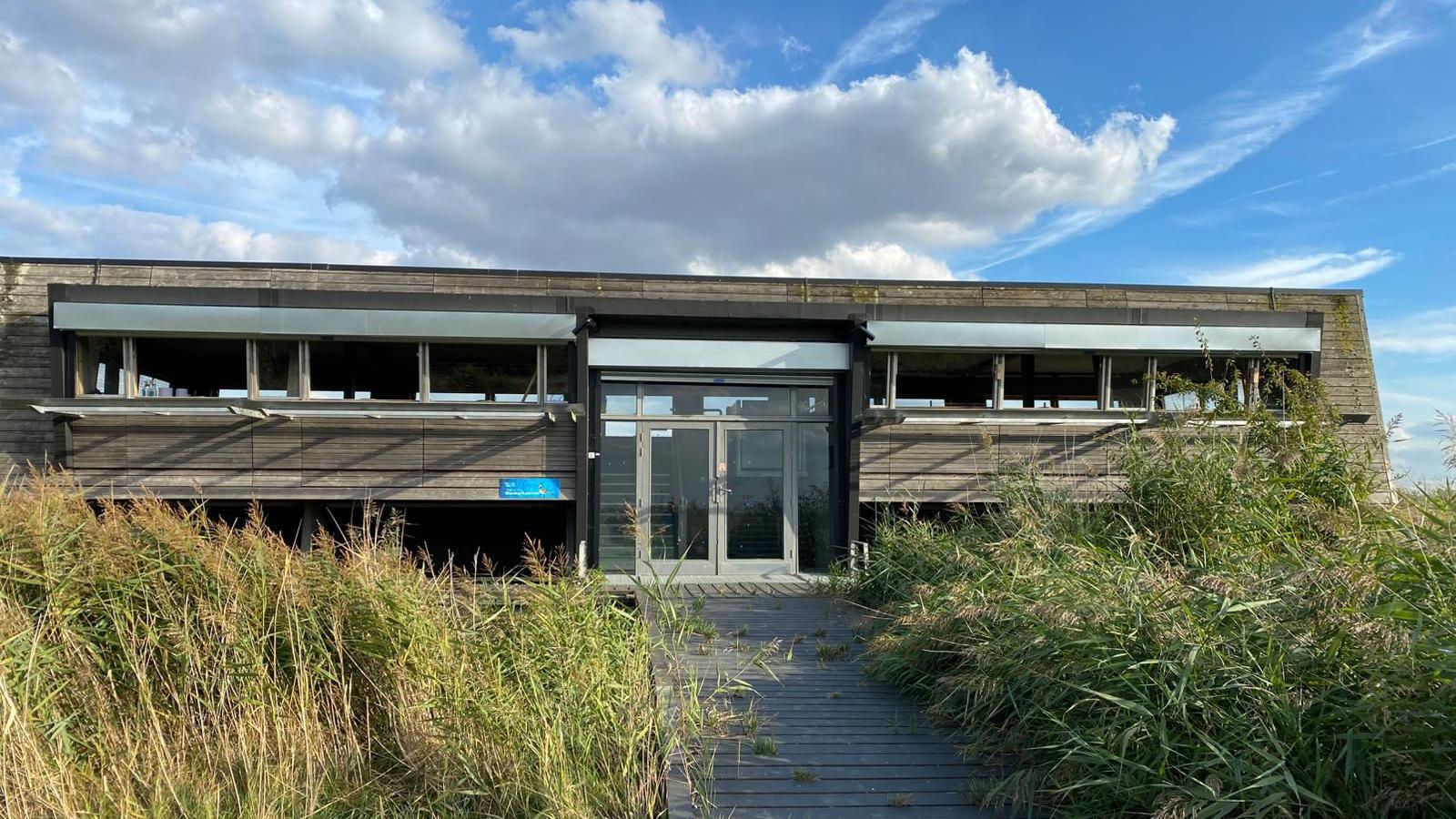
Rainham Marshes faced "some of the worst vandalism" it had ever seen, the manager said
- Published
A charity has thanked local people for helping restore a vandalised nature reserve building.
In the spring, the Royal Society for the Protection of Birds (RSPB) said vandals targeted the interior, windows and accessible lift of Shooting Butts Hide at Rainham Marshes near the Essex-London border.
Site manager Phil Hutton said it was "some of the worst vandalism" seen at the marshes.
"[But] seeing the support and dedication of our volunteer team, visitors and local community to tidy, repair, and eventually reopen the hide, has been inspiring," he said.
"We are incredibly grateful for this support and look forward to welcoming visitors back to the hide."

The charity has kept a security presence on site since the vandalism in the spring
The RSPB has spent about £40,000 on the restoration, including roller shutters and on implementing security patrols.
The building, which provides cover for wildlife photographers, is due to reopen later on Saturday.
Mr Hutton said there had been other more minor but "deflating" vandalism incidents, including when fences were broken.
"It seemed to just be mindless destruction," he said.
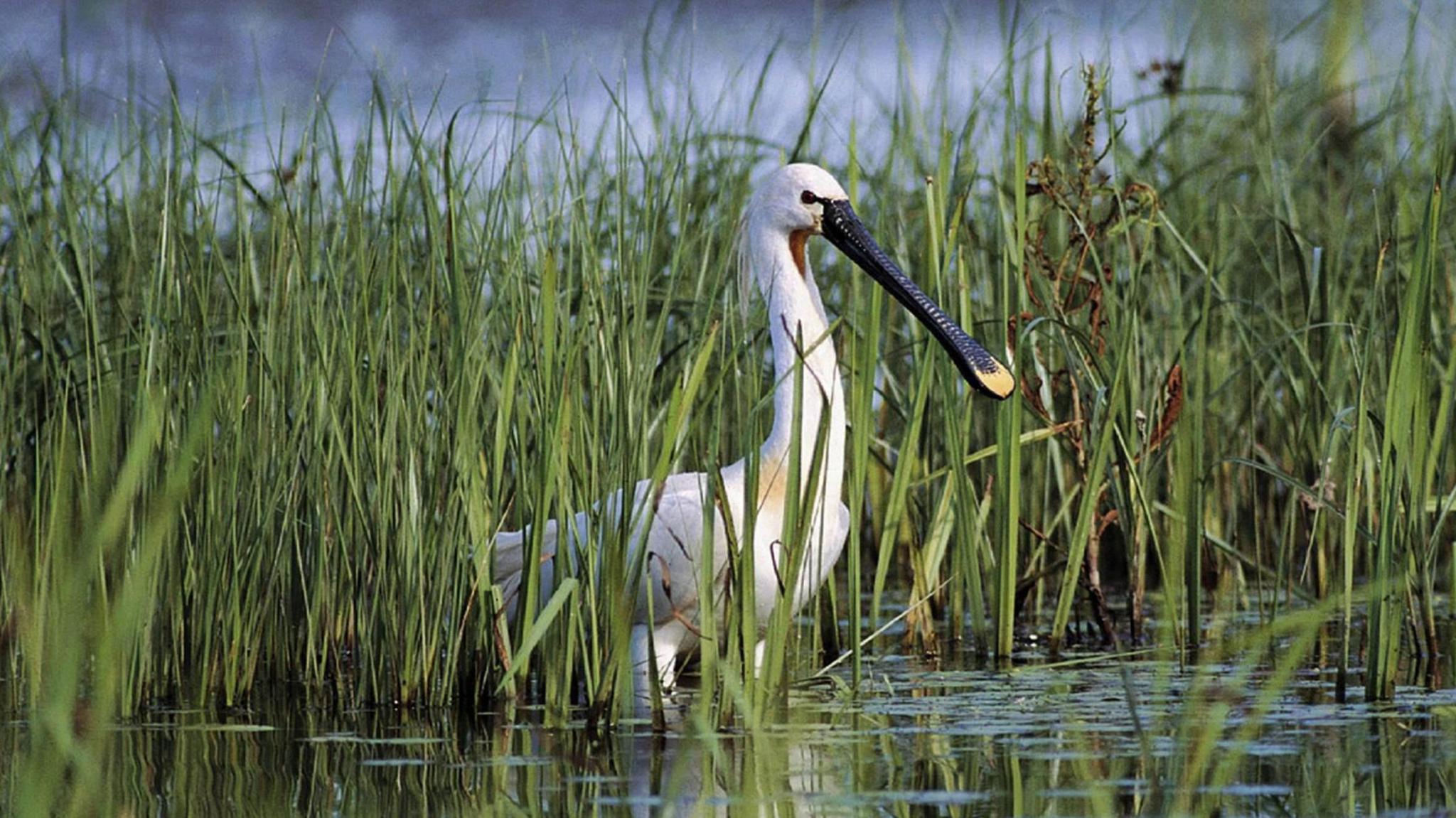
Phil Hutton said photographers might be lucky enough to spot a spoonbill at RSPB Rainham Marshes this autumn
The charity says the reopening has timed with the migration of some lesser-spotted feathered-friends.
"Visitors may be lucky enough to glimpse shot-eared owls and barn owls as the evenings draw in, or the rare spoonbill, or a Merlin hovering overhead," he explained.
"Birds on passage to other countries may be seen, such as wheatear, whinchat, and stonechat, alongside waders like wintering redshank, lapwing and possibly golden plover."
He said the redwing, fieldfare and "maybe the odd Dartford warbler" may also pass through in late autumn.
Get in touch
Do you have a story suggestion for Essex?
Follow Essex news on BBC Sounds, Facebook, external, Instagram, external and X, external.
- Published29 July
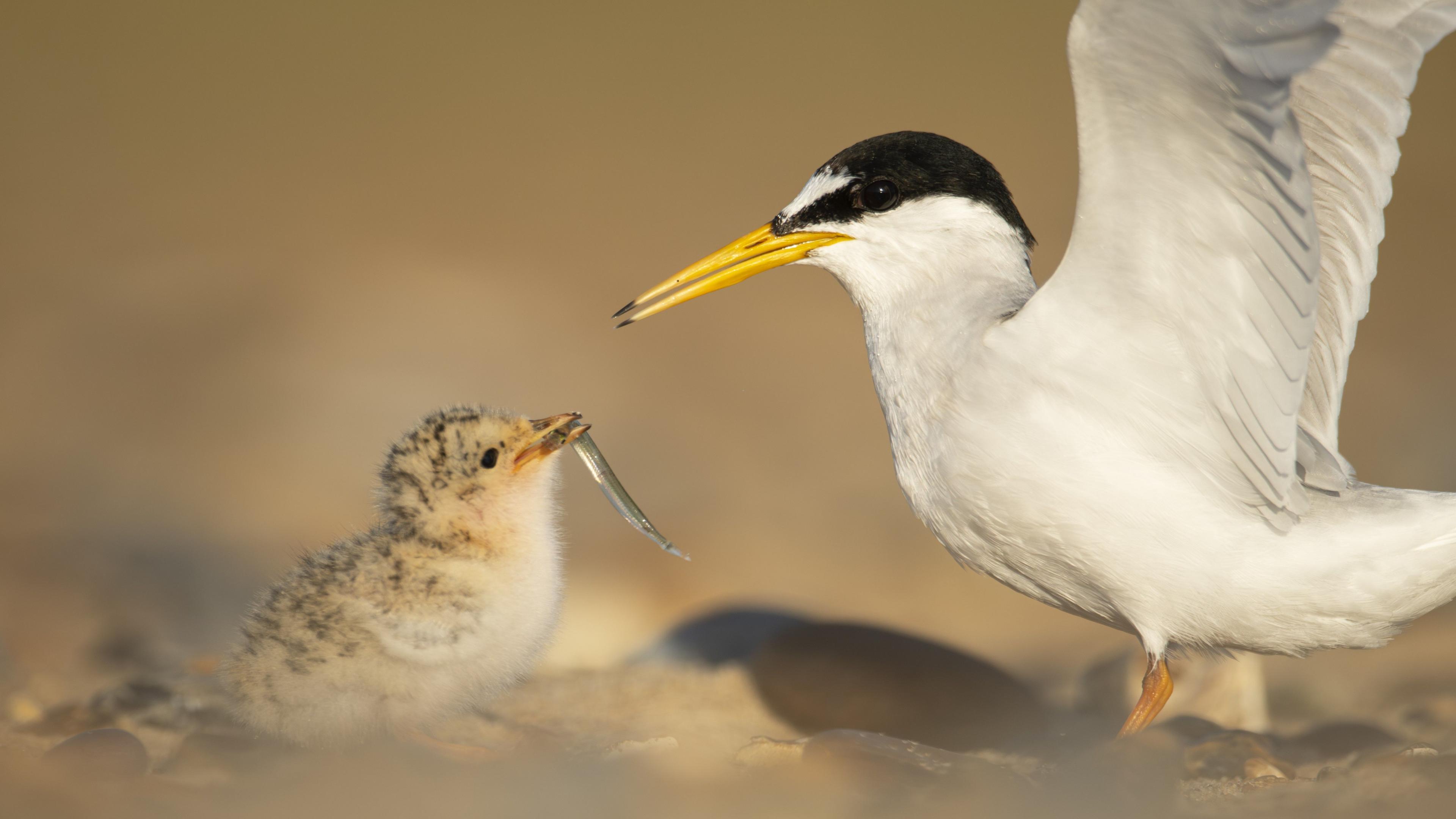
- Published7 July
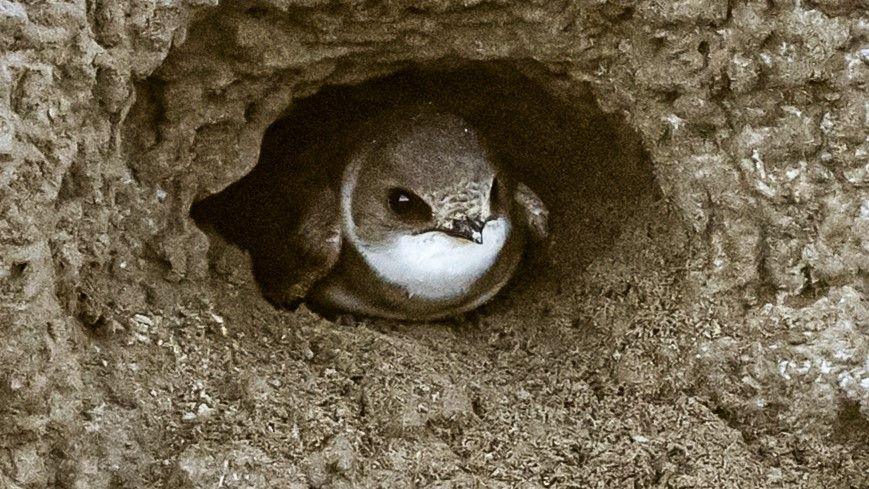
- Published7 May
